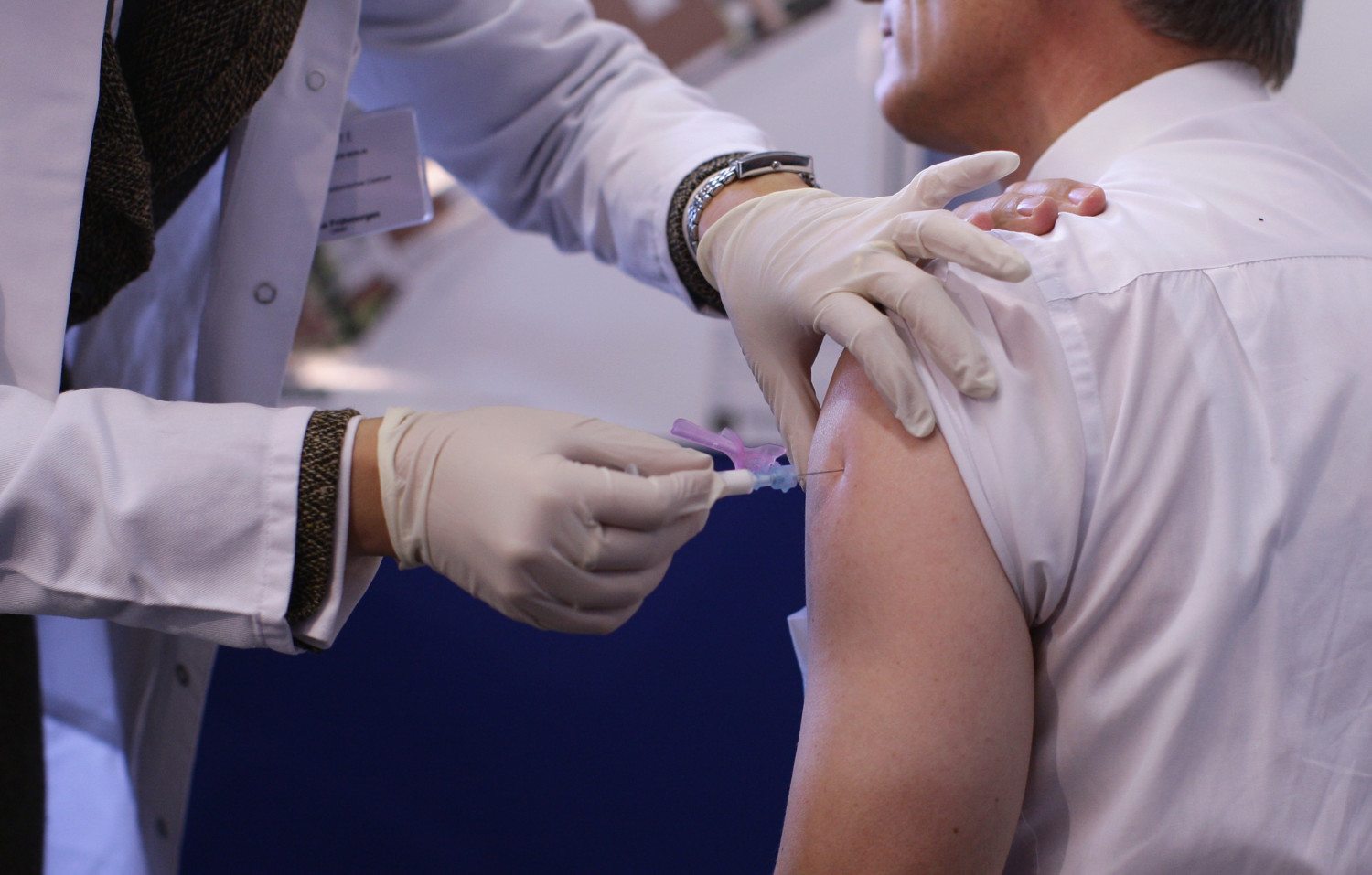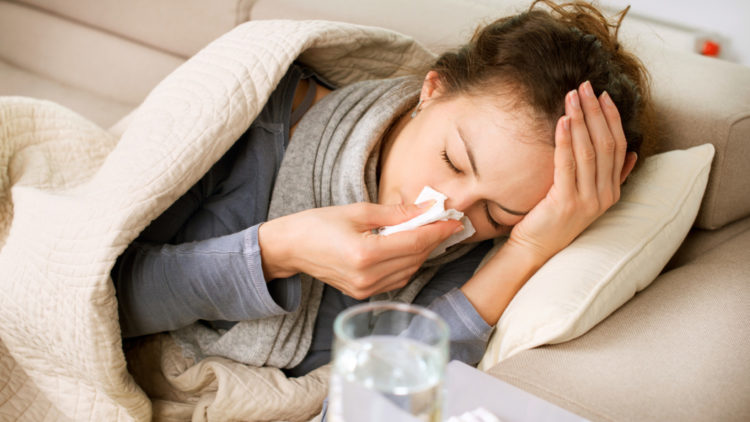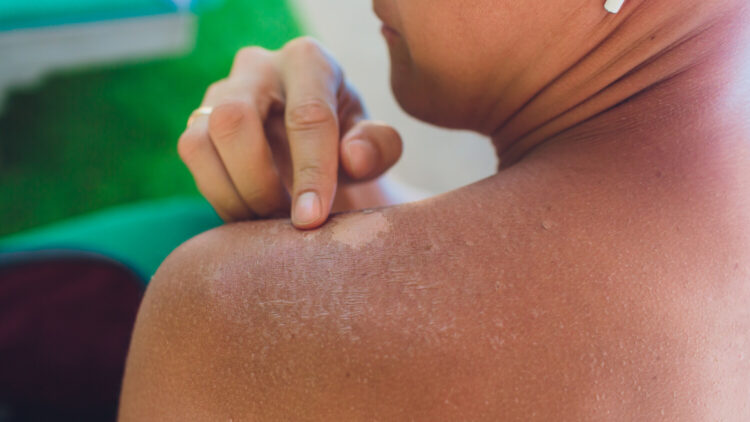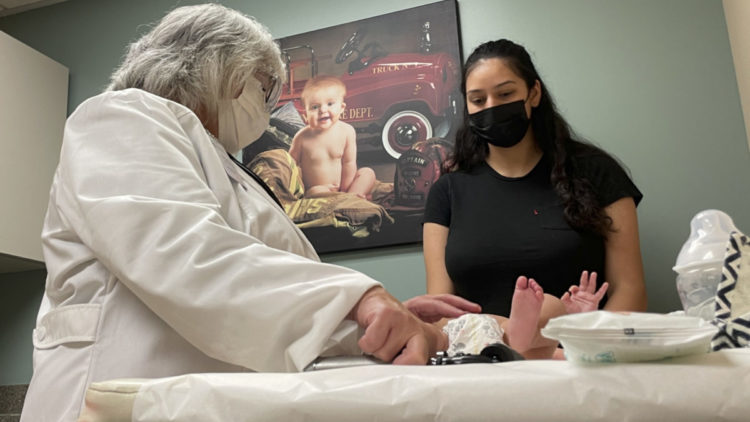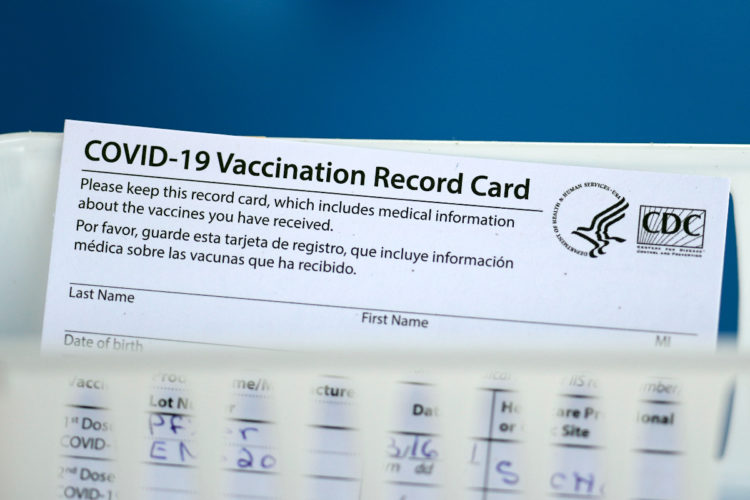CDC recommends new vaccine to protect yourself from shingles
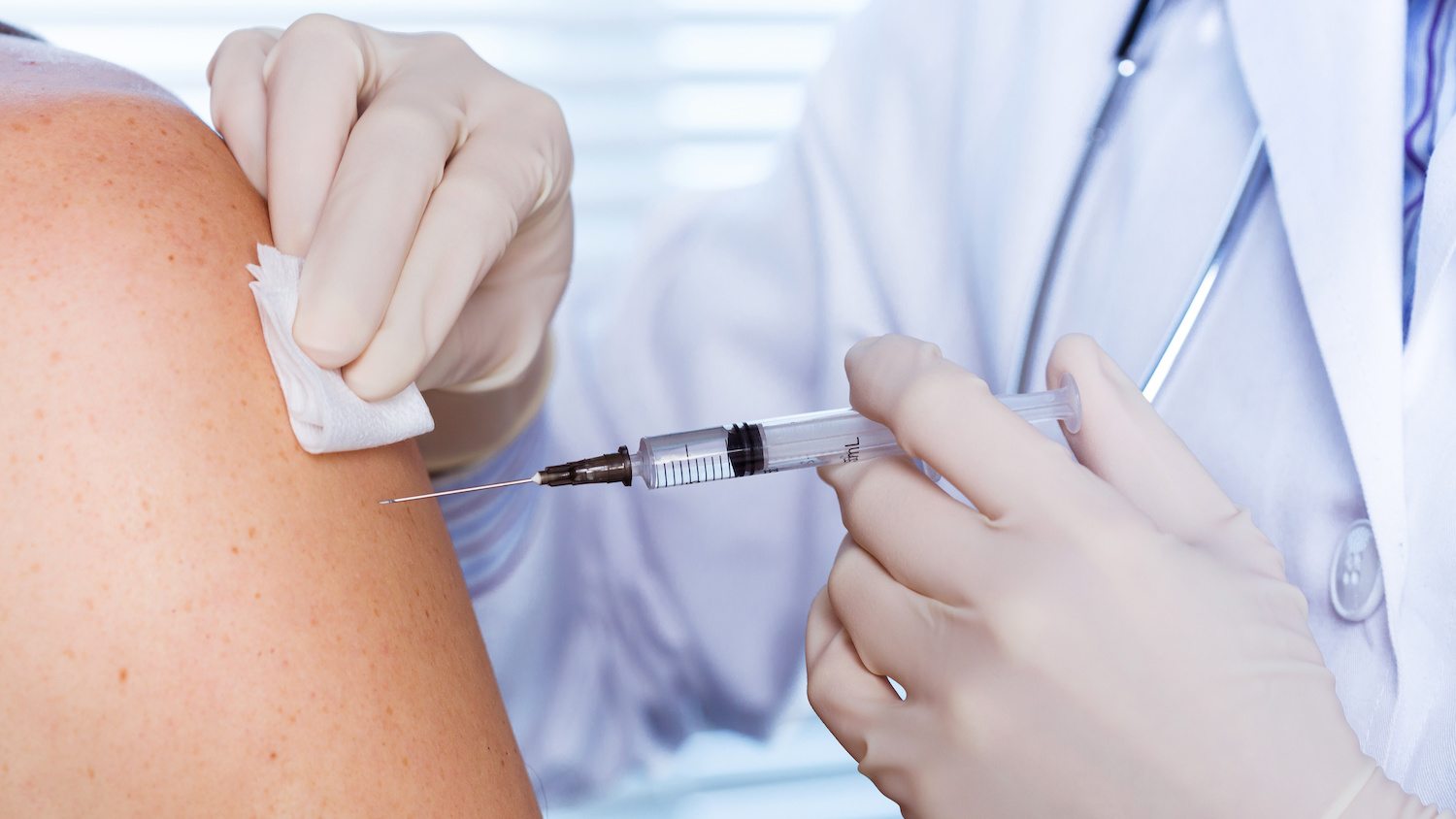
At some point in life, about one in three people in the United States develops shingles, which is a painful skin rash that’s extremely painful and oftentimes accompanied by fever, headache, chills and an upset stomach.
Now, an improved vaccine that can potentially lower your risk of shingles by up to 97 percent is available, and the Centers for Disease Control and Prevention is recommending that healthy adults age 50 and up receive it.
The new shingles vaccine is called Shingrix and it received approval from the U.S. Food and Drug Administration last year. The CDC recently released a statement explaining that Shingrix is now the preferred vaccine over Zostavax, a vaccine that has been in use since 2006. That’s because Shingrix provides the strongest protection against shingles and the pain associated with shingles outbreaks, the CDC says.
Rachel Parrill, Ph.D., from Cedarville University, explained to Dayton, Ohio’s WDTN-TV that the previous vaccine was only about 51 percent effective.
The CDC’s newest recommendation is that adults 50 and older get two doses of Shingrix and that those vaccines be administered 2 to 6 months apart. For the record, the CDC is still backing Zostavax, saying it, too, can help prevent shingles and it’s OK if people prefer it over the new vaccine or are allergic to Shingrix. Some protection is certainly better than none!
Shingles (also known as zoster or herpes zoster) is caused by the “varicella zoster virus,” which is the same virus that causes chickenpox. Anyone who has had chickenpox in the past could develop shingles, even children, according to the CDC. However, the risk of getting shingles increases with age.
The painful rash associated with shingles tends to develop on one side of the body, oftentimes the face or torso. The rash consists of blisters that typically scab over within a week to 10 days, and clears up within 2 to 4 weeks. Beyond the rash, though, the pain associated with shingles can cause an intense, burning sensation, even weeks after the rash has gone away. This long-lasting pain is called “postherpetic neuralgia,” or PHN for short. It’s one of the most common complications of shingles, and the risk of getting shingles and PHN increases as you get older.
While relatively rare, shingles can lead to serious complications, including hearing problems, blindness, pneumonia and brain inflammation, according to the CDC.
There are some side effects of the new Shingrix vaccine. They include a sore arm with mild or moderate pain after getting a shot, as well as some redness and swelling where the shot was administered. Some people also said they tired, had muscle pain, a headache, shivering, fever, stomach pain or nausea. The side effects were more common in younger people. Signs of a severe allergic reaction have been rare, according to the CDC, but can include hives, swelling of the face and throat, difficulty breathing, a fast heartbeat, dizziness and weakness.
Interested in getting vaccinated? Medicare Part D covers the shingles vaccine, though there may be a co-pay, depending on plan type. Also, many private health insurance plans will also cover the vaccine. Contact your insurer to find out.



